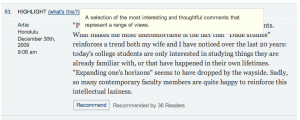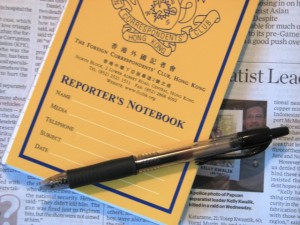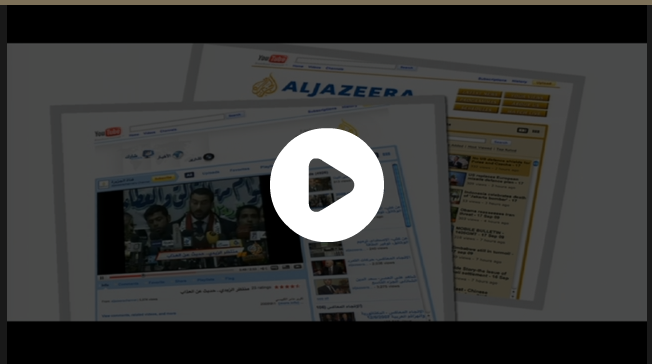I saw the blue sky today for the first time in weeks, though the smog is even thicker than usual this afternoon. There’s something tense on the street, something more than the usual noise. I can feel it instantly when I step out of the restaurant air conditioning.
Indonesia’s first democratically elected president died last night. It’s been a turbulent decade.
The air smells like exhaust, food, people, and kerosene from cooking stoves. Bright orange three-wheeled bajaj taxis are lined up on the street, many more than usual. The sidewalk vendors are thick today, everywhere selling cheap cardboard horns. Their nasal wail pierces the traffic every minute or so. Some people are dressed up and obviously on their way out, though it’s early yet. The street is bustling. I walk as best I can down the sidewalk which is crowded by vendors and food stalls and motorbikes taking shortcuts.
It’s 30 degrees and oppressively humid. It’s always 30 degrees and humid.
Nobody stops at the crosswalk so as usual I have to time my crossing to miss the turning motorbikes. The trick is not to stop. Try to dodge them and they’ll hit you as they aim for where you wouldn’t have been. The haggard prostitute on opposite side gives me a little nod. At night she sometimes grabs me as I walk past. I pass her and make my way through a series of street restaurants built out of carts and plastic tables and awnings over the sidewalk, then turn.
The little alley twists through the innards of a huge block, and it quieter here. It’s lined with small houses, and open sewers a meter deep. On bigger streets the sewer trenches are covered with slabs of concrete, but not here. It smells bad. Children play. A fruit vendor prepares his cart for the evening, arranging bags of cut mangoes around blocks of ice. This is a pretty nice neighborhood, actually. The houses are concrete and right in the center of town. A man casually throws a piece of litter into an empty lot filled with garbage. Skinny cats wander.
I step out of the alley into Jalan Jaksa, the restless and slightly scummy packbacker district. The blowdart seller is talking to two pale young Europeans. He’s been working the street for 28 years. The old drunk guy is sitting on his usual corner in his usual clothes, nodding off. The local fixer nods at me, smiles his best, and thankfully doesn’t ask me again if I want a massage. It doesn’t smell as much here. A man sorts through a pile of trash on the street. From a story in the newspaper, I know that scavenged bottle caps go for about 50 cents per kilo, when sorted. I’m paying $25 US dollars a night for a clean room with air conditioning. A poor expat, a rich Indonesian.
And out of the chaos comes the evening call to prayer, the muezzin’s clear voice ringing out from the little neighborhood mosque. In the fading light it seems a moment of peace.
A motorbike with no muffler shatters it. Traffic resumes. I walk through several more food stalls, including my favorite juice place. In the evenings after work I like to order a fresh starfruit juice.
There’s going to be a big party tonight. Hundreds of thousands of people. It used to be at the center of town around the huge phallic monument but the police have moved it this year, saying that the revelers always trash the place. You can feel the surge of millions toward the center, you can already hear the odd firecracker popping out the last few hours of the decade. There’s nothing to do but make noise in this noisy city, to press ever closer together and celebrate.
Night begins to fall, fast.
A thirty-something woman in a very short skirt saunters down the sidewalk with nonchalant confidence.
I’m almost at the door of my hotel, where I will shower and change.
The proprietor of the coffee stall across the street sits at his one table reading a newspaper, waiting.
The city draws a breath–







